Traveling from Hanoi to Sapa is one of the most exciting journeys for anyone interested in exploring Northwest Vietnam. Whether you are drawn by the promise of breathtaking mountain trekking, immersing yourself in hill tribe villages, or soaking up the cultural richness of Sapa town attractions, choosing the right mode of transport is crucial. This guide dives into everything you need to know about traveling from Hanoi to Sapa, comparing trains and private cars, highlighting top attractions, and helping you plan a memorable trip to this iconic part of Lao Cai province.
Best Transportation Options from Hanoi to Sapa
Traveling between Hanoi, Vietnam’s bustling capital packed with charm especially in the Hanoi Old Quarter, and the serene mountainous region of Sapa involves traversing some 320 kilometers through diverse landscapes. Deciding on how to cover this distance effectively affects your travel experience profoundly. The two main options are taking the train or opting for a private car. Both come with their unique advantages and potential drawbacks.
Train vs. Private cars: Which is Better?
Choosing between the train and a private car from Hanoi to Sapa depends on your travel priorities — whether it’s comfort, speed, scenery, or budget. The railway journey from Hanoi to Lao Cai station — the nearest train stop to Sapa — offers a slower but scenic route through Vietnam’s countryside, giving travelers a glimpse of rural life beyond the city.
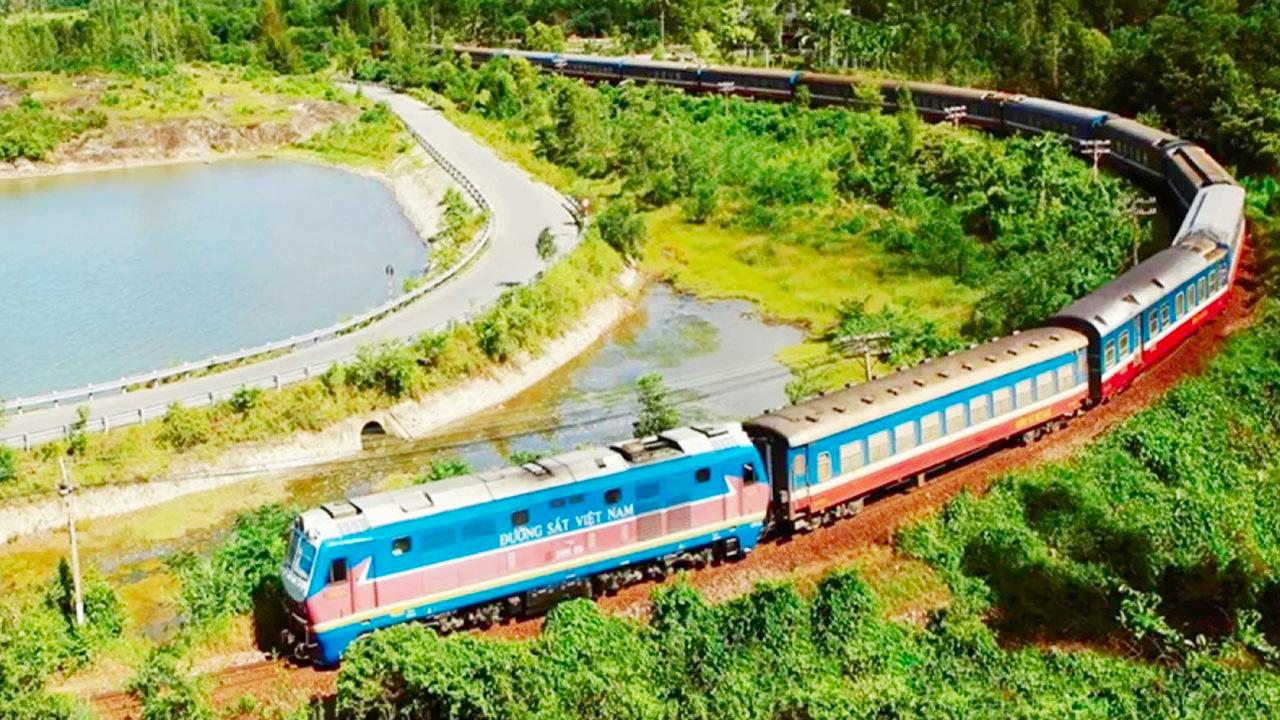
Trains typically feature comfortable sleeper cabins, making overnight travel both restful and convenient. You’ll arrive in Lao Cai early in the morning, ready to take a short transfer to Sapa town. The train also avoids the unpredictable traffic of the highways, providing a smoother and more relaxing journey.
On the other hand, private cars offer unmatched flexibility and privacy. Đông Phong Transport, a reputable service provider, offers top-quality private car transfers from Hanoi’s Old Quarter directly to Sapa, with pick-up times tailored to your schedule. Traveling by private car can be quicker, especially during off-peak hours, and is ideal for those who prefer door-to-door service without the hassle of transfers. However, be mindful that travel time may be affected by traffic during busy periods.
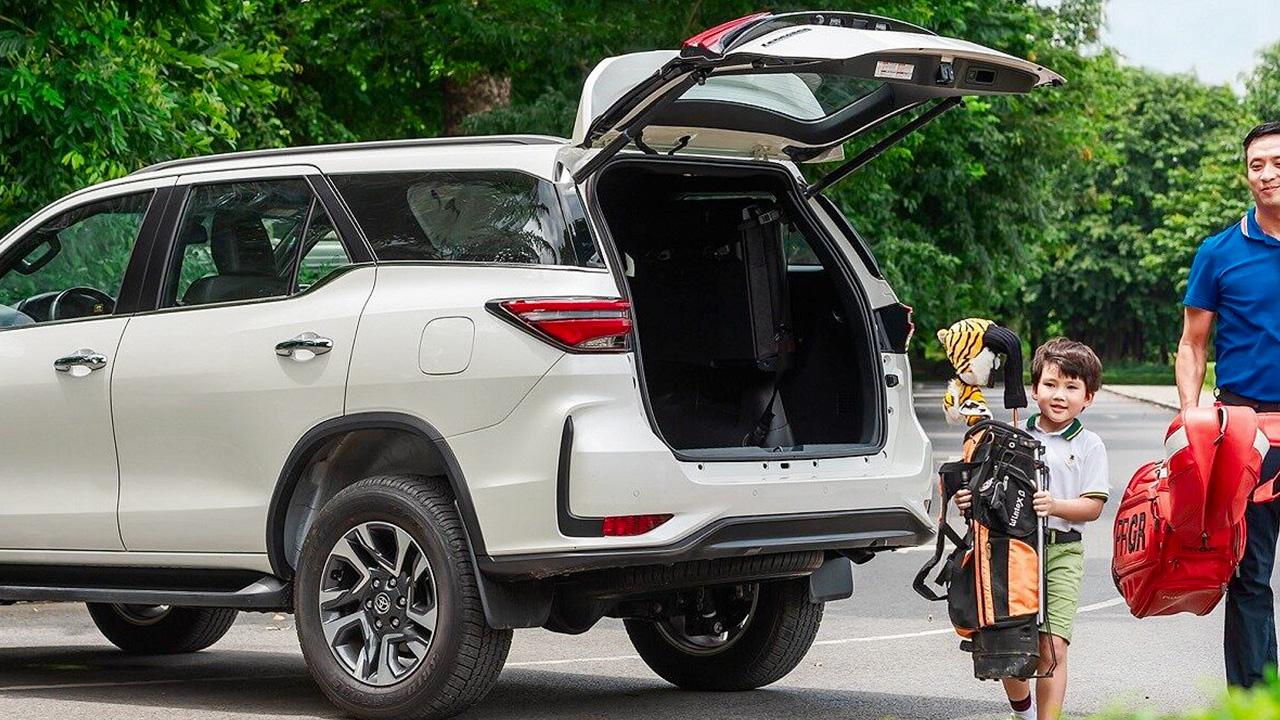
In the end, if you seek a peaceful, scenic ride and the novelty of overnight train travel, the railway is a charming choice. But if your priority is speed, comfort, and personalized service, a private car is often the smarter and more efficient option.
Duration of Travel from Hanoi to Sapa
The time it takes to travel from Hanoi to Sapa varies significantly depending on your chosen mode of transport and route conditions.
For trains, the typical journey from Hanoi to Lao Cai takes approximately 8 to 9 hours. Trains usually run overnight, departing late evening and arriving in Lao Cai early morning. From Lao Cai station, it’s about an hour’s drive to reach Sapa town, so overall expect around 9-10 hours travel time.
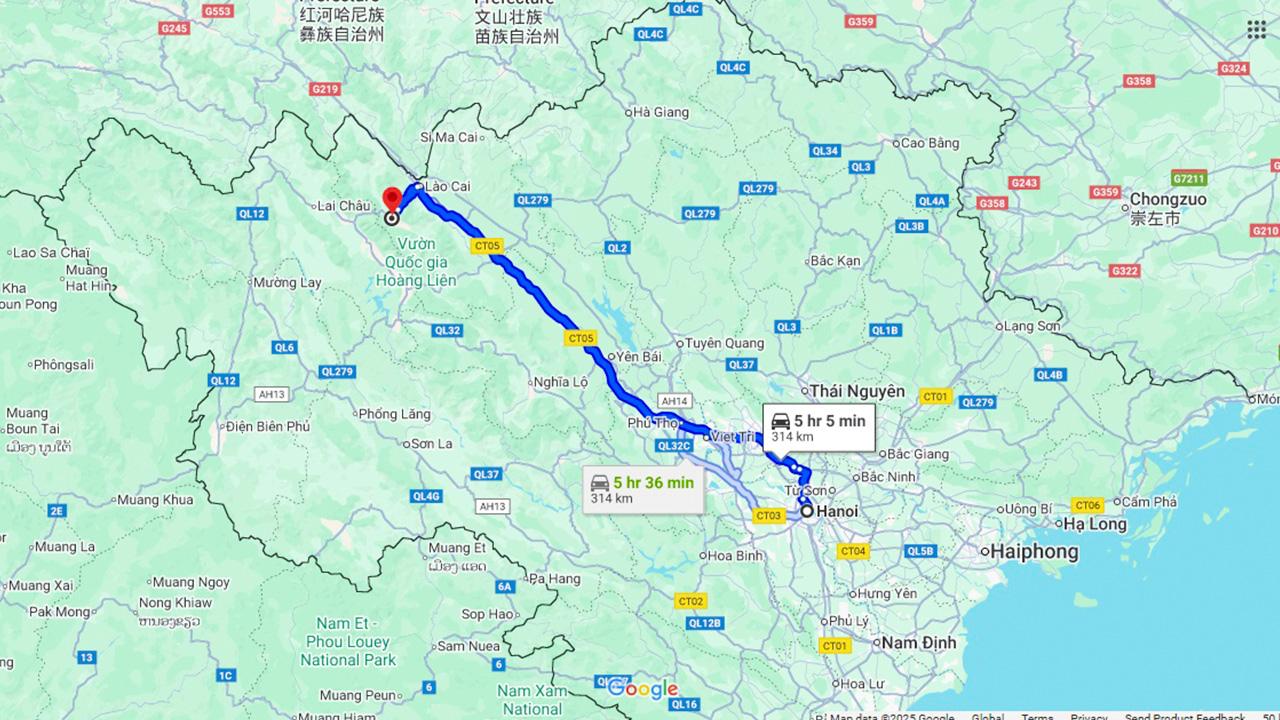
Private cars, meanwhile, generally take between 5 to 6 hours directly from Hanoi to Sapa, thanks to more direct road routes and fewer stops. However, this duration can fluctuate based on traffic, weather, and road conditions.
When considering travel times, also factor in your arrival time and onward plans in Sapa. Overnight trains allow you to maximize daylight hours exploring the area, while daytime private cars give you the opportunity to enjoy scenic views along the way.
Booking Tickets: How to Get the Best Deals
Securing tickets for your trip from Hanoi to Sapa at the best price requires some planning and awareness of reliable booking options.
For train travel, tickets can be booked online through official Vietnamese railway websites or via trusted travel agencies. It’s advisable to reserve seats a few weeks in advance, especially during peak travel seasons, to ensure availability of your preferred sleeper berths.
For private car services, particularly with operators like Đông Phong Transport, bookings can be made online or through travel offices in Hanoi’s Old Quarter. Many travelers also find it convenient to arrange private car transfers through their hotel concierge or local travel agents, who may offer package deals that include sightseeing tours and return trips.
To avoid scams or inflated prices, always use reputable sources, compare options, and confirm all details such as pick-up location, vehicle type, and departure time before finalizing your booking.
Attractions in Sapa
Sapa is famed not only for its stunning landscapes but also for its rich cultural tapestry and outdoor activities. After making the journey from Hanoi to Sapa, visitors are greeted with a wealth of experiences ranging from historical landmarks to immersive cultural encounters.
Key Sapa Landmarks to Visit
Sapa town itself hosts several notable sites that encapsulate the region’s history and natural beauty.
The Sapa Stone Church, built during French colonial times, stands as an iconic symbol in the town center with its Gothic architecture contrasting beautifully against the lush mountainous backdrop.
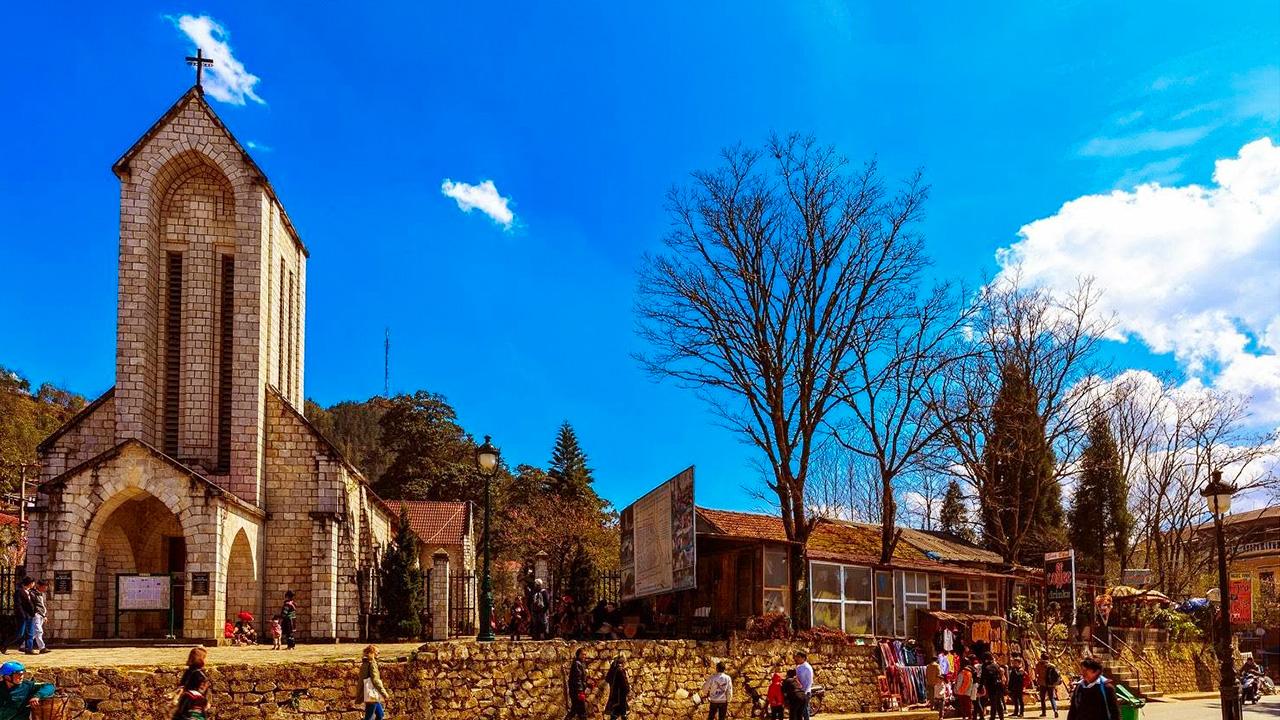
Fansipan Mountain, the highest peak in Indochina at over 3,100 meters, attracts adventurers and nature lovers alike. Taking the cable car up Fansipan provides panoramic views of the surrounding valleys and hill tribe villages scattered across the landscape.
Another landmark is Ham Rong Mountain Park, located close to the town center. It features well-maintained gardens, walking trails, and viewpoints overlooking terraced rice fields and the vibrant town below.
Cultural Experiences in Sapa
Sapa is home to a variety of ethnic minorities including the H’mong, Dzao, Tay, and Giay people. Exploring hill tribe villages offers a deep dive into traditional lifestyles, handicrafts, and customs that have been preserved over centuries.
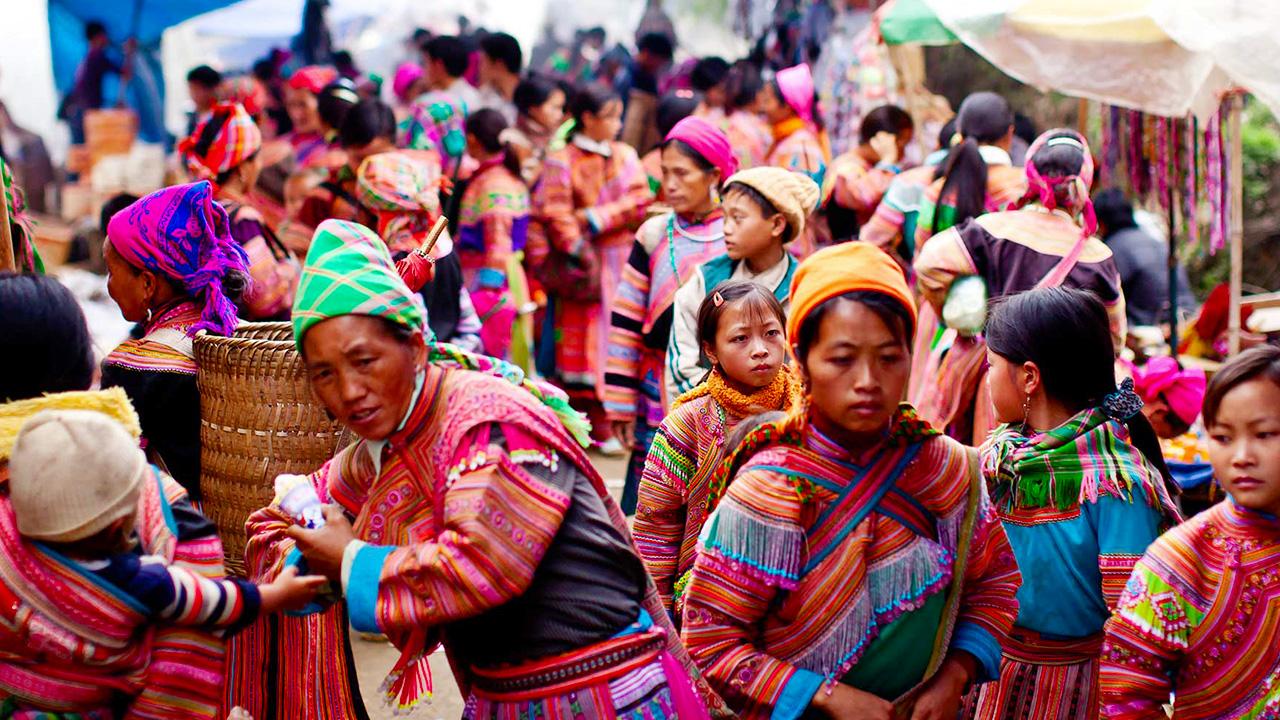
Local markets are excellent venues for witnessing colorful costumes, barter trade, and sampling indigenous foods. For example, Bac Ha market, although a bit farther away, is famous for its lively Sunday gatherings showcasing ethnic diversity.
Visitors can also participate in homestays where families open their homes to travelers, sharing meals and stories, enabling a genuine connection between cultures.
Nature and Hiking Trails around Sapa
The natural environment around Sapa is a paradise for hikers and outdoor enthusiasts. Terraced rice fields create a patchwork of greens and yellows, changing with the seasons.
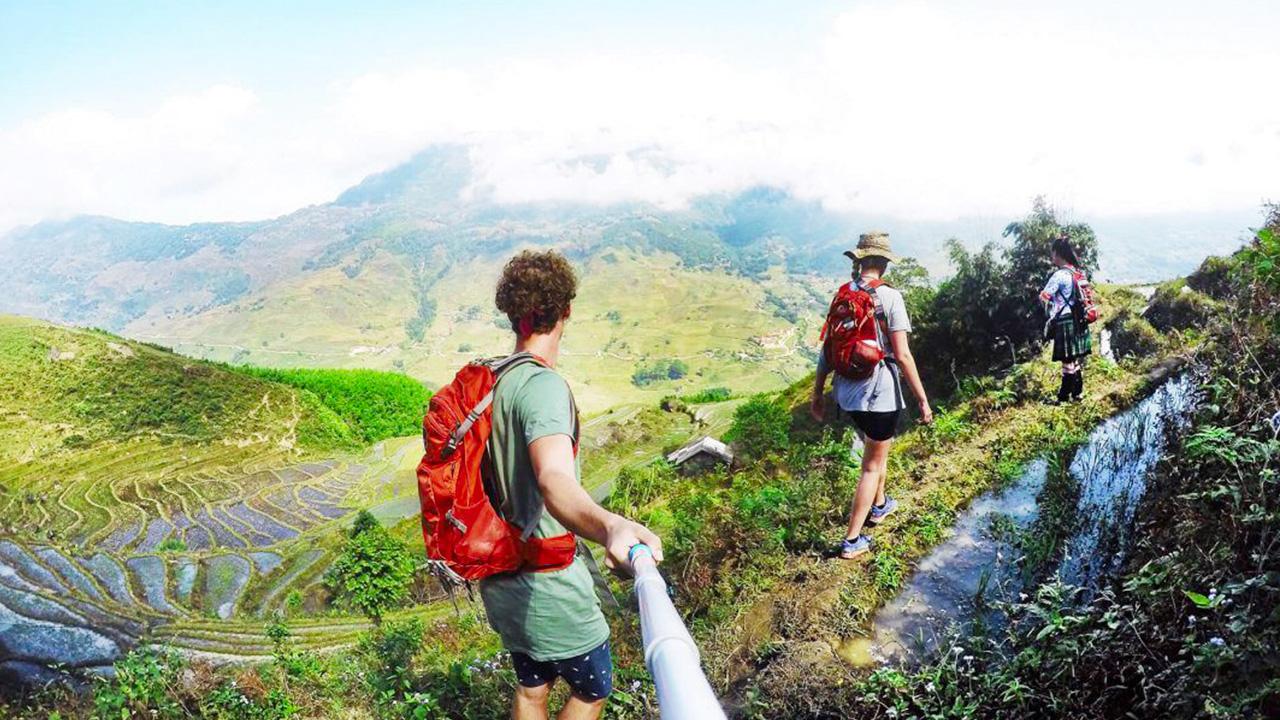
Popular trekking routes include the trek to Cat Cat village, a short trail leading through waterfalls, rice terraces, and traditional houses. Longer routes venture to Muong Hoa Valley where you will encounter dramatic mountain views and remote villages.
For those seeking challenging adventures, multi-day treks to Ta Van and Sin Chai villages provide insight into rural life and spectacular scenery far from tourist crowds.
Accommodations in Sapa
Once you arrive in Sapa after your train or private car journey from Hanoi, having a comfortable place to stay enhances your entire experience. Sapa offers a wide range of accommodation options catering to different preferences and budgets.
Recommended Hotels and Guesthouses
From boutique hotels located in prime spots near the town center to quaint guesthouses nestled in valleys, Sapa caters to every style of traveler.

Hotels like the Victoria Sapa Resort & Spa blend luxury with traditional design, offering amenities like spa treatments and fine dining. For a more intimate experience, places such as Sapa Clay House provide eco-friendly lodging with stunning mountain views.
Many guesthouses run by local families offer authentic hospitality, often including breakfast and guidance on treks.
Budget vs. Luxury Stays in Sapa
Budget travelers can find dormitory beds or simple rooms for as low as $10 per night, while mid-range hotels typically charge between $30-$70 per night. Luxury accommodations exceed $100 per night but provide unparalleled comfort, privacy, and extras like private tours.
The choice depends largely on your travel style and length of stay. Budget stays work well for backpackers and trekkers who prioritize outdoor activities over amenities. Meanwhile, luxury hotels appeal to those wanting to unwind fully after long days exploring Sapa.
Local Cuisine in Sapa
No trip to Sapa is complete without savoring the distinct flavors of local cuisine. The culinary traditions here reflect influences from various ethnic groups and the abundance of fresh mountain produce.
Traditional Dishes to Try in Sapa
Must-try dishes include Thang Co, a traditional horse meat stew served during festivals by the H’mong people. If you prefer milder options, grilled pork skewers with peanuts and sticky rice are widely available.
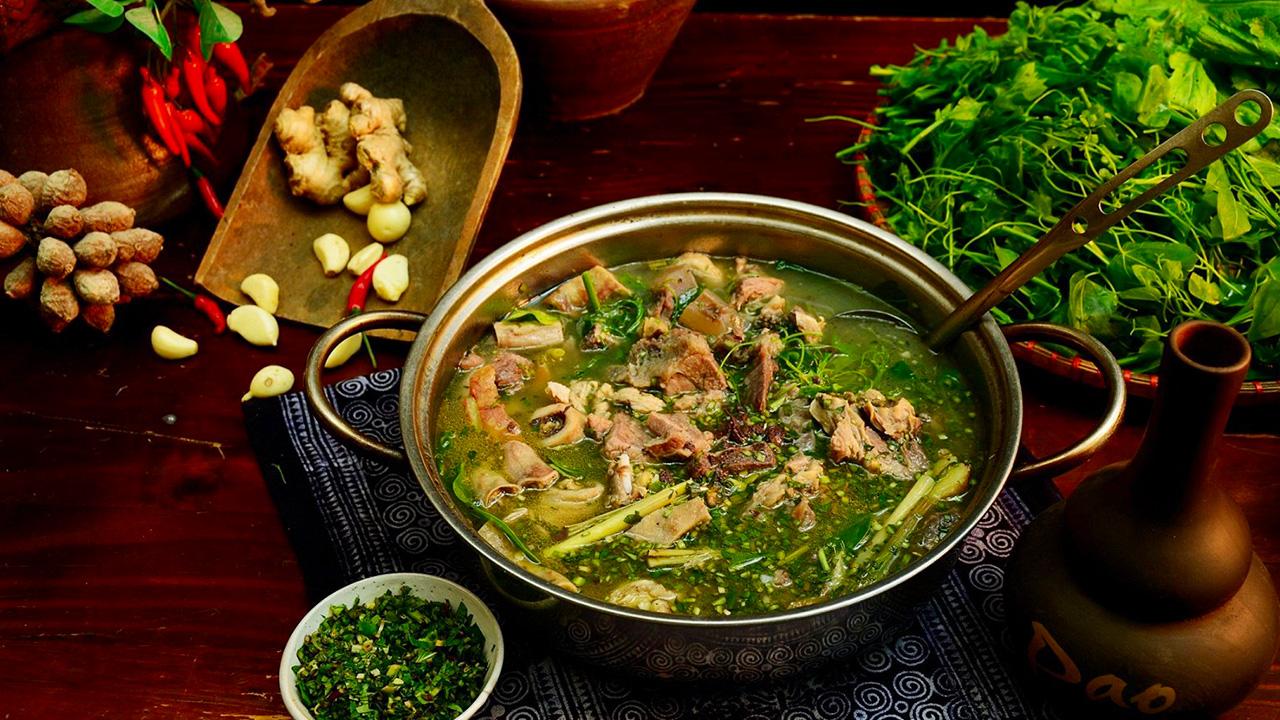
Other specialties involve freshwater fish caught from mountain streams, corn wine made by the Dao people, and vegetable dishes using herbs endemic to the highlands.
Sampling these dishes in local homes or street stalls offers a gastronomic window into the culture and lifestyle of Northwest Vietnam.
Best Restaurants and Cafes in Sapa
Several eateries in Sapa town cater to tourists and locals alike, offering both traditional and fusion menus.
Chapa Garden Restaurant is popular for its ambiance and elaborately prepared northern Vietnamese cuisine. Good Morning View Restaurant combines scenic vistas with a menu featuring local ingredients.
For coffee lovers, the many cozy cafes in the town center serve robust Vietnamese drip coffee alongside Western-style pastries, perfect for relaxing after a day of sightseeing.
Weather and Best Time to Visit Sapa
Understanding Sapa’s weather patterns helps ensure your trip is enjoyable, whether trekking through foggy valleys or basking in clear mountain sunshine.
Seasonal Changes in Sapa
Sapa experiences four distinct seasons. Spring (March-May) brings blooming flowers and mild temperatures, while summer (June-August) is warmer but marked by afternoon rains. Autumn (September-November) offers cool, crisp air and golden rice terraces during harvest time. Winter (December-February) can be cold with occasional frost or snow, adding a magical touch to the landscape.
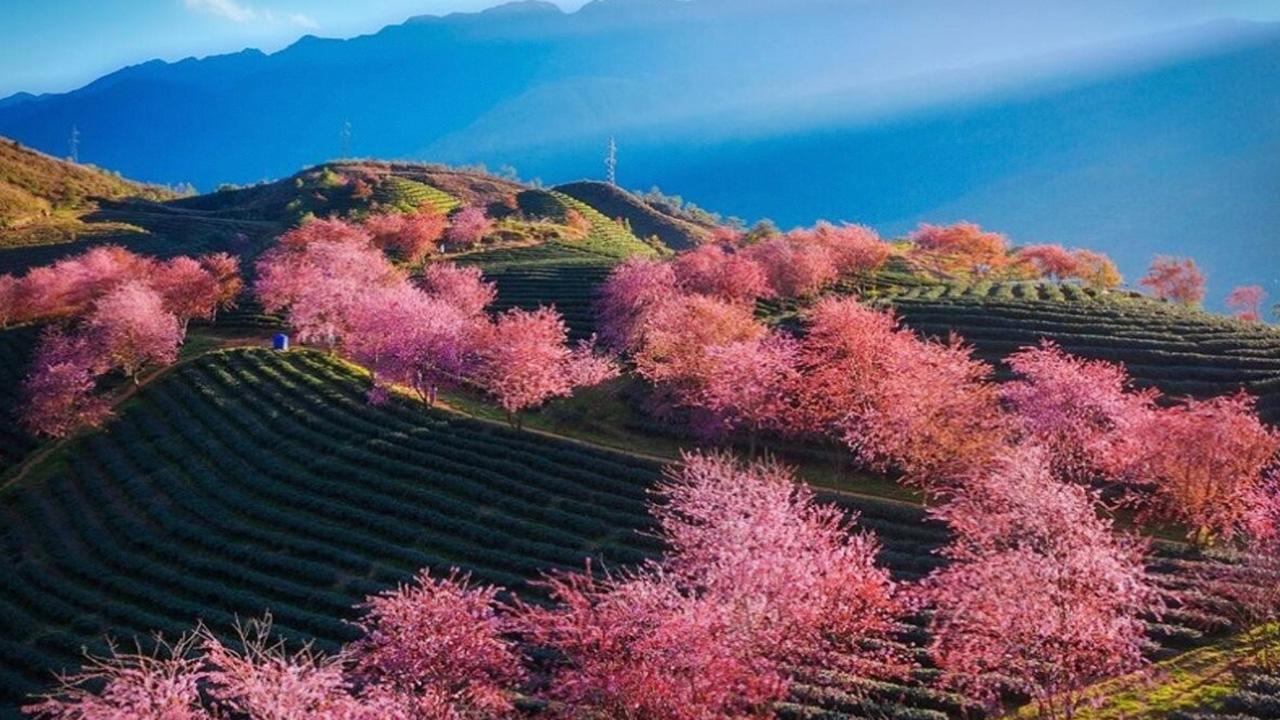
Each season has its own appeal, but autumn and spring are often considered the best times to visit due to pleasant temperatures and stable weather.
Packing Tips for Sapa Weather
Given the variable climate, layered clothing is essential. Include waterproof jackets and sturdy hiking shoes for wet or muddy terrain.
Don’t forget sun protection like hats and sunscreen, especially during sunny days at higher elevations. Also pack warm items like sweaters and gloves if visiting in winter.
A good backpack with compartments makes organizing gear easier, especially when moving between towns or villages.
Tips for a Smooth Trip from Hanoi to Sapa
Traveling from Hanoi to Sapa can be seamless with a bit of preparation and cultural sensitivity.
Travel Safety Tips for Visitors
Always keep your belongings secure in crowded areas such as Hanoi Old Quarter or Sapa marketplaces. Use licensed transport providers like Đông Phong Transport to avoid scams.
Be cautious on mountain trails, hire local guides if needed, and check weather forecasts to avoid hazardous conditions.
Cultural Etiquette in Sapa
Respect local customs by asking permission before photographing people, especially in hill tribe villages. Dress modestly and support local artisans by purchasing handmade crafts.

Learning a few polite phrases shows appreciation for the hospitality you receive.
Language Tips for Travelers in Sapa
Vietnamese is the official language, but many locals in Sapa speak their ethnic dialects. English is common in tourist areas but less so in remote villages.
Carrying a phrasebook or translation app helps communication, and basic greetings go a long way in building rapport.
Day Trips and Extended Tours from Sapa
Beyond Sapa town, numerous excursions offer deeper exploration of Northwest Vietnam’s rugged beauty and vibrant cultures.
Popular Short Trips from Sapa
Day trips to Silver Waterfall and Love Waterfall showcase impressive natural sights with minimal travel time. Visits to hill tribe villages such as Ta Phin provide cultural immersion opportunities.
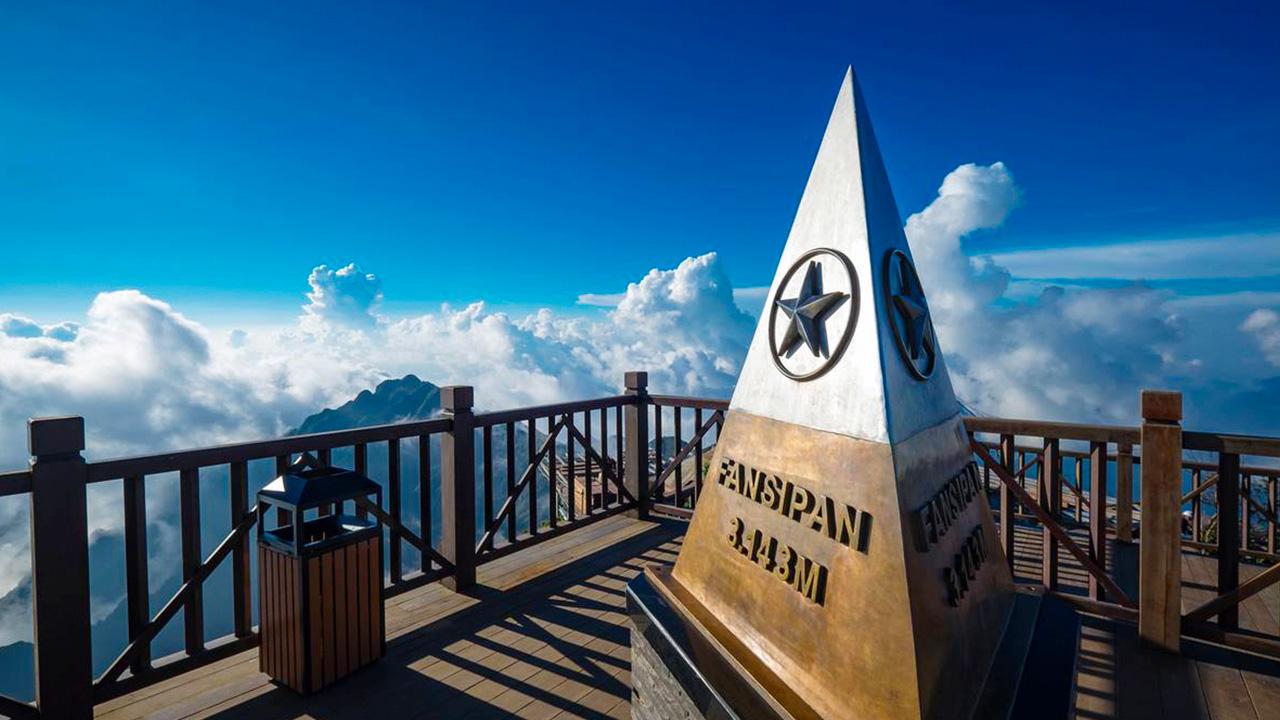
Visiting the nearby Bac Ha market on Sundays allows experiencing regional trade and festivities.
Tour Packages: What to Consider
Many tour operators bundle transportation, accommodation, meals, and guided hikes into all-inclusive packages. When selecting a tour, check group size, itinerary flexibility, and reviews.
Guided treks with local experts enrich understanding of flora, fauna, and ethnography while supporting sustainable tourism.
Comparing Sapa with Other Destinations in Vietnam
Sapa is just one of many remarkable destinations in Vietnam, each offering unique landscapes and experiences.
Sapa vs. Ha Giang: A Comparative Overview
While both are in Northwest Vietnam and known for mountain trekking and ethnic diversity, Ha Giang is less touristy and more rugged, appealing to adventurous travelers seeking off-the-beaten-path experiences.

Sapa is more developed with broader accommodation choices and easier access via train or private car from Hanoi.
Sapa vs. Nha Trang: Scenery and Activities
Nha Trang contrasts sharply with Sapa as a coastal city famous for beaches, water sports, and nightlife. It suits travelers wanting relaxation and marine activities rather than mountain trekking and cultural exploration.
Choosing between these depends on your preferred holiday atmosphere.
Conclusion
Traveling from Hanoi to Sapa offers an incredible gateway to the natural splendor and vibrant cultures of Northwest Vietnam. Whether you opt for the nostalgic railway journey or the convenience of a private car with Đông Phong Transport, each mode presents unique advantages tailored to different travel styles. Upon arrival, Sapa’s combination of iconic landmarks, authentic ethnic experiences, and diverse trekking routes ensures a memorable stay. By carefully selecting accommodations, savoring local cuisine, and navigating seasonal weather thoughtfully, visitors can immerse themselves fully in this enchanting region.
Understanding travel safety, cultural etiquette, and language nuances further enriches the journey. For those looking to expand their adventure, day trips and tours deepen appreciation of the area’s diversity. Finally, placing Sapa alongside other Vietnamese destinations highlights its distinct appeal for mountain lovers and cultural explorers alike. This comprehensive guide aims to equip every traveler with insights to confidently plan and enjoy their unforgettable journey from Hanoi to Sapa.






